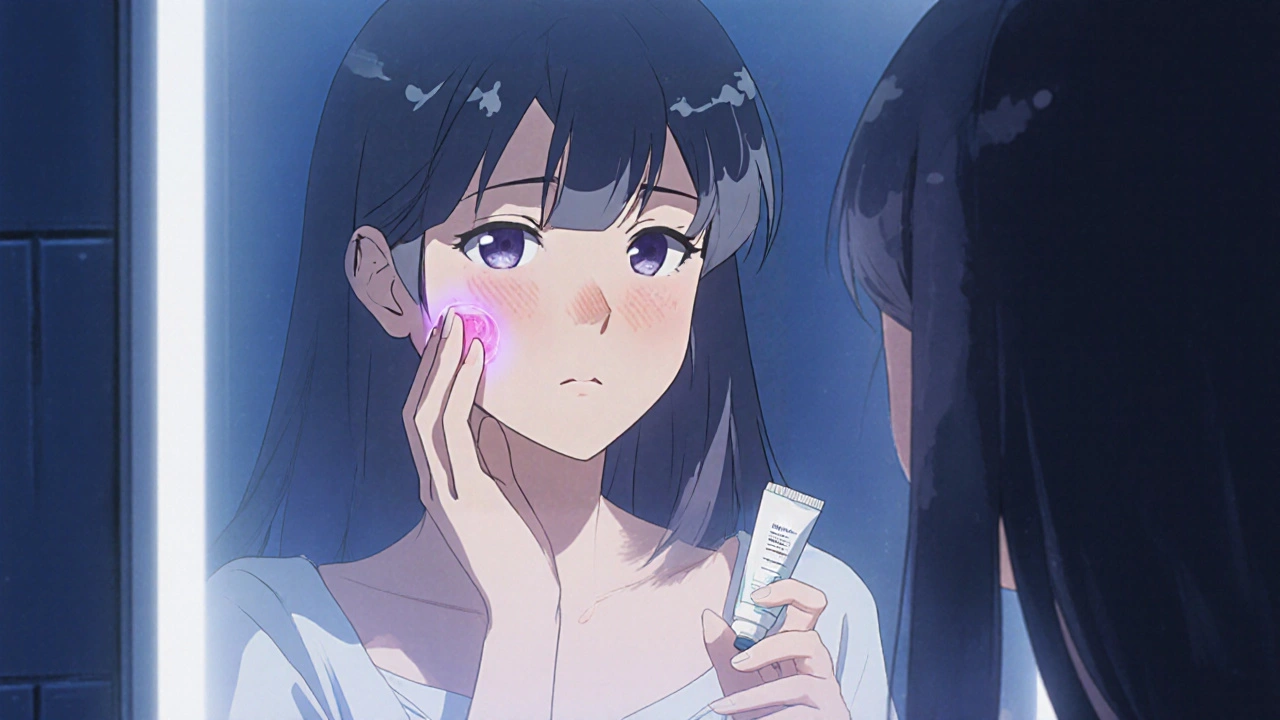Tretinoin Comparison: How It Stacks Up Against Other Acne and Anti-Aging Treatments
When you hear Tretinoin, a prescription-strength retinoid derived from vitamin A, used to treat acne and signs of aging by speeding up skin cell turnover. Also known as all-trans retinoic acid, it’s one of the most studied topical treatments for skin renewal. But it’s not the only option. If you’ve tried over-the-counter retinols, adapalene, or even chemical peels and still aren’t seeing results, you’re not alone. Many people start with Tretinoin because their dermatologist recommended it—but they don’t know how it actually compares to the alternatives on the shelf.
Tretinoin works differently than most drugstore creams. While retinols need to convert into active retinoic acid inside your skin, Tretinoin is already in its active form. That means it hits faster and stronger—especially for stubborn acne or deep wrinkles. But that power comes with trade-offs. It can cause redness, peeling, and sensitivity, especially in the first few weeks. That’s why people often compare it to adapalene, a milder retinoid available over the counter, designed for sensitive skin and long-term use. Adapalene is gentler but slower. If your skin reacts badly to Tretinoin, adapalene might be your next step. Then there’s tazarotene, a stronger retinoid than Tretinoin, often used for severe acne or psoriasis, but with higher irritation risk. It’s not for beginners, but if Tretinoin isn’t cutting it, your dermatologist might push you to tazarotene.
People also compare Tretinoin to non-retinoid options like azelaic acid or glycolic acid. Azelaic acid is great for redness and post-acne marks, but it doesn’t boost collagen like Tretinoin does. Glycolic acid exfoliates the surface, but it won’t fix deep texture or clogged pores the way Tretinoin does. Even benzoyl peroxide, a common acne fighter, targets bacteria—but doesn’t improve skin thickness or fine lines. That’s why Tretinoin stands out: it’s one of the few treatments that tackles both acne and aging at the same time. But it’s not a magic bullet. It takes months. You need to use it consistently. And you absolutely must wear sunscreen every day.
What you’ll find in the posts below aren’t just generic reviews. These are real comparisons: how Tretinoin stacks up against other top treatments, what side effects to expect, how long before you see results, and which alternatives actually work better for specific skin types. Whether you’re dealing with adult acne, sun damage, or just want smoother skin, you’ll find practical insights from people who’ve tried multiple options—and lived to tell the difference.

Tretinoin 0.05% vs Common Alternatives: Detailed Comparison Guide
A detailed side‑by‑side comparison of Tretinoin 0.05% with popular alternatives, covering effectiveness, cost, irritation risk and best‑fit scenarios.
More Detail